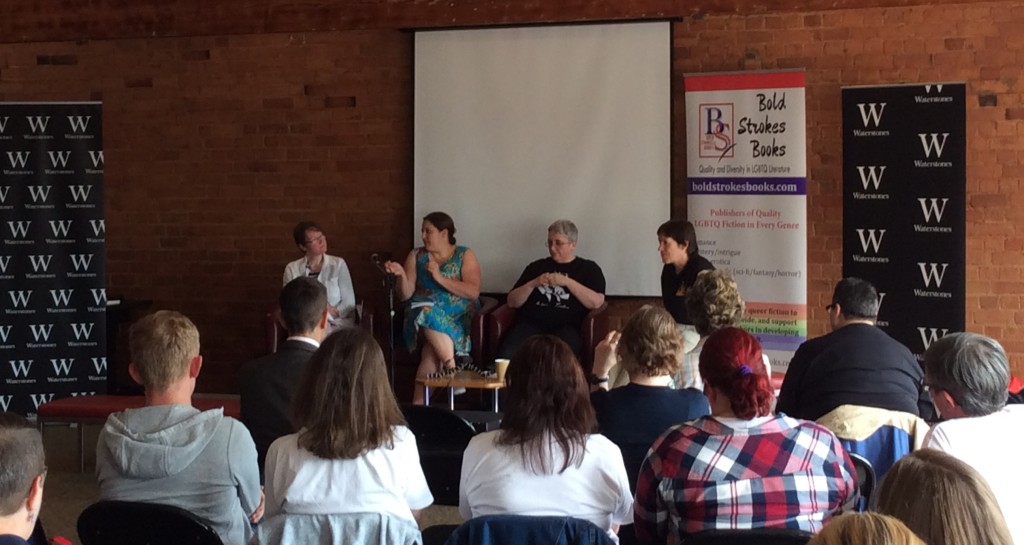
Bold Strokes Books Authors L-R Anna Larner, Rebecca Buck, Lesley Davis, Jane Fletcher
Bold Strokes Books Festival – Sapphic Fiction
Back in 2017 during the Bold Strokes Books Festival at Waterstones in Nottingham I took part in a panel discussion on how conflict and good dialogue in sapphic fiction writing is essential to good storytelling.
Use of conflict to develop plot and character
In works of narrative, ‘conflict’ is the opposition main characters must face to achieve their goals.
A writer might employ two forms of conflict to create the tension which drives the narrative. Conflict may be ‘internal’ or ‘external’ – it may occur within a character’s mind, most commonly revealed in their internal debates or monologues or between a character and exterior forces, for example in conflict with another person or the world around them.
Writers will often employ both forms at once, as a combined tool, for the development of plot and character.
To avoid the conflict feeling forced or unbelievable a writer will embed the conflict at the heart of the novel, so that it is an integral element and arises organically and effortlessly.
Conflict creates drama and interest in a novel by setting seeds of doubt. It keeps the reader guessing, it invests the reader in the outcome, and keeps them turning the pages again and again…
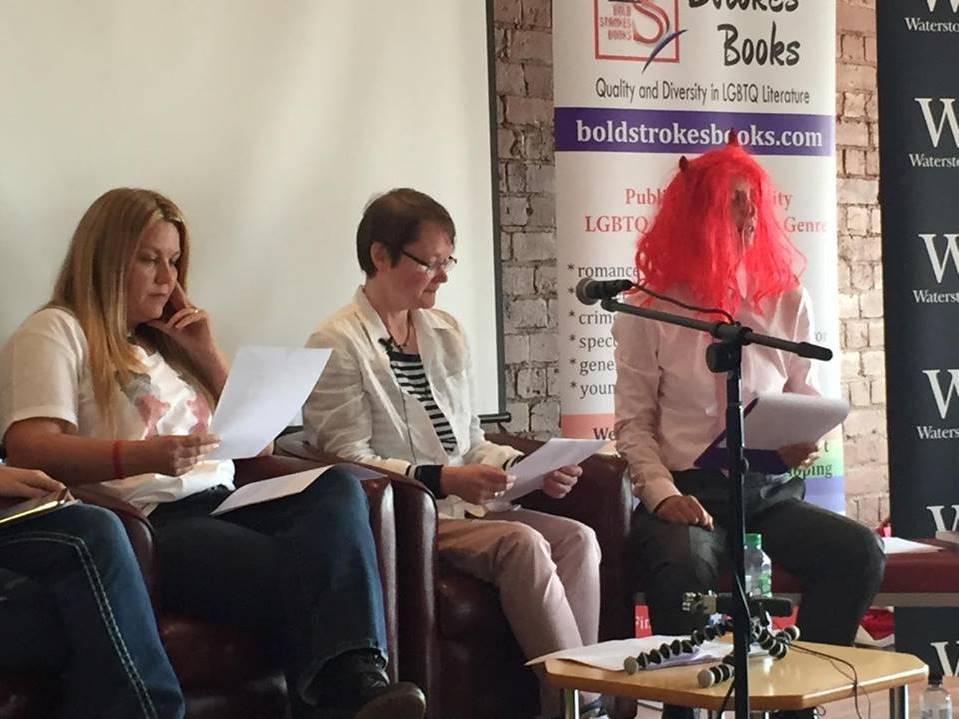
Bold Strokes Books Authors L-R Brey Willows, Anna Larner, Crin Claxton
Using Dialogue to Enliven Prose
Here’s the many ways good dialogue contributes to a story.
- It can entertain – enlivening the prose and engaging the reader.
- It can move an aspect of the plot or narrative forward in a way which, because it is absorbed within the ‘chat’, feels light and digestible – meeting the wise adage of show not tell.
- It can impart information about a character, allowing the reader to: ‘hear’ the character’s unique voice; ‘see’ their mannerisms; and ‘understand’ their emotions/reactions.
- It can reveal how a character can change depending on who they’re talking to, illuminating the distinct relationship between characters. For example, a character chatting with their best mate might have ‘banter’, but the same character with their lover may have much more intense dialogue.
- It can heighten the potency and the impact of a character’s internal thoughts, at times playing with the unspoken monologues. For example, when a character thinks one thing but says the opposite.
- Particularly if the piece is written in third person, where you have a silent narrator if you like, it can cleverly allow the writer to say things the narrator can’t. Dialogue lends a character a dangerous independence.
Checklist when drafting dialogue
- Does the style of the dialogue I’m using match the personality of my character? Is the ‘voice’ authentic to them?
- Does the tone and content of the dialogue fit the moment in the narrative? Are the characters saying the right thing, in the right manner, at the right time?
- Is the content of the dialogue engaging and informative, and will it help my reader better understand either the character and/or the plot?
- Is the dialogue easy to read – does it flow?
- Will the reader know at all times who is speaking and what is going on?
- Have I been careful not to overuse dialogue tags – those speech tags attributing dialogue, actions, and emotions to a particular character?
- Have I remembered that the pauses or pregnant silences can be as important as what is actually being said – the natural rhythm of speech if you like.
Some Homework For You!
Try sitting in public spaces and listen to people chatting. Hear how they interrupt each other, how they might begin on one subject and end on another, how passionate or flat their tone is.
Can you (without looking of course) imagine what they look like, what their life might be like? What is distinctive about them – is it their accent, the pace of their speech, is their language – informal or formal?
Listen to your characters chatting in your head (and they do!), let your words be their voice.
Bold Strokes Books Author Anna Larner
Highland Fling, Love’s Portrait, Highland Whirl and Invisible.
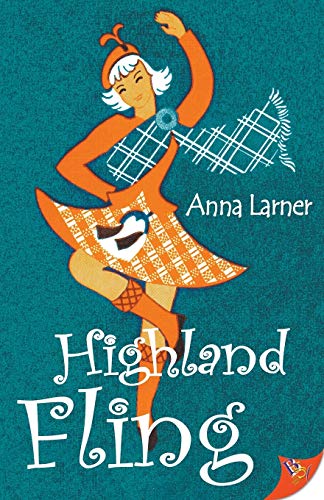
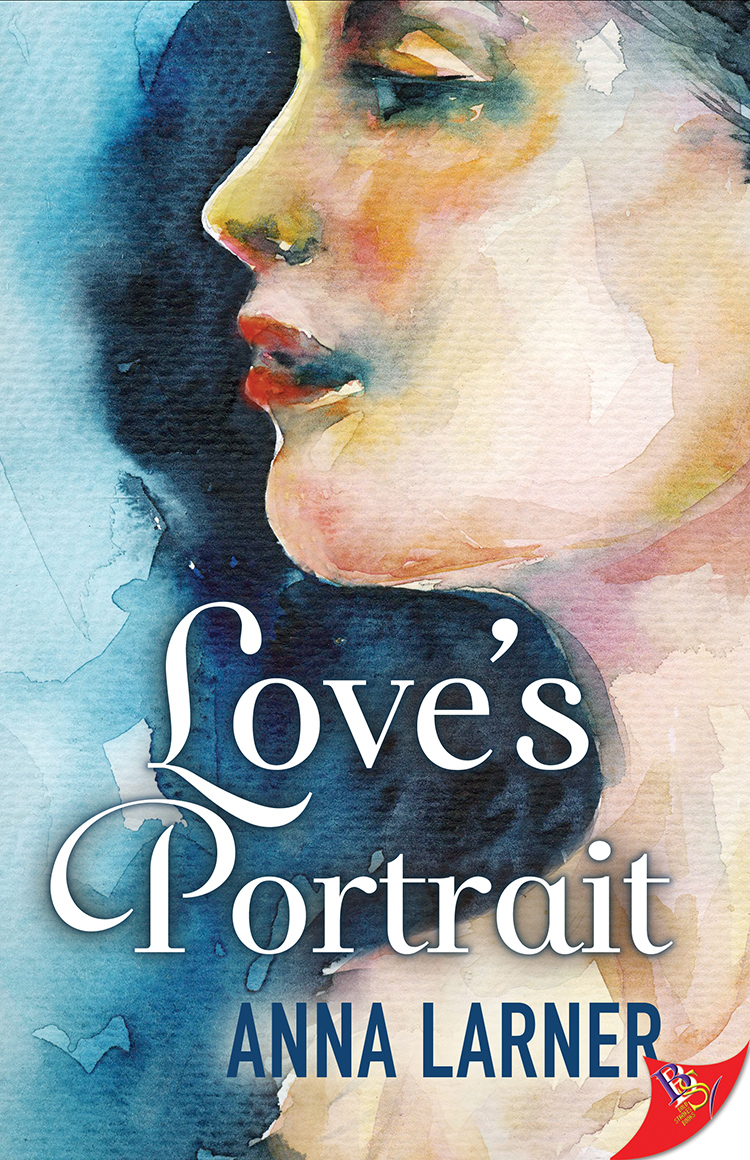
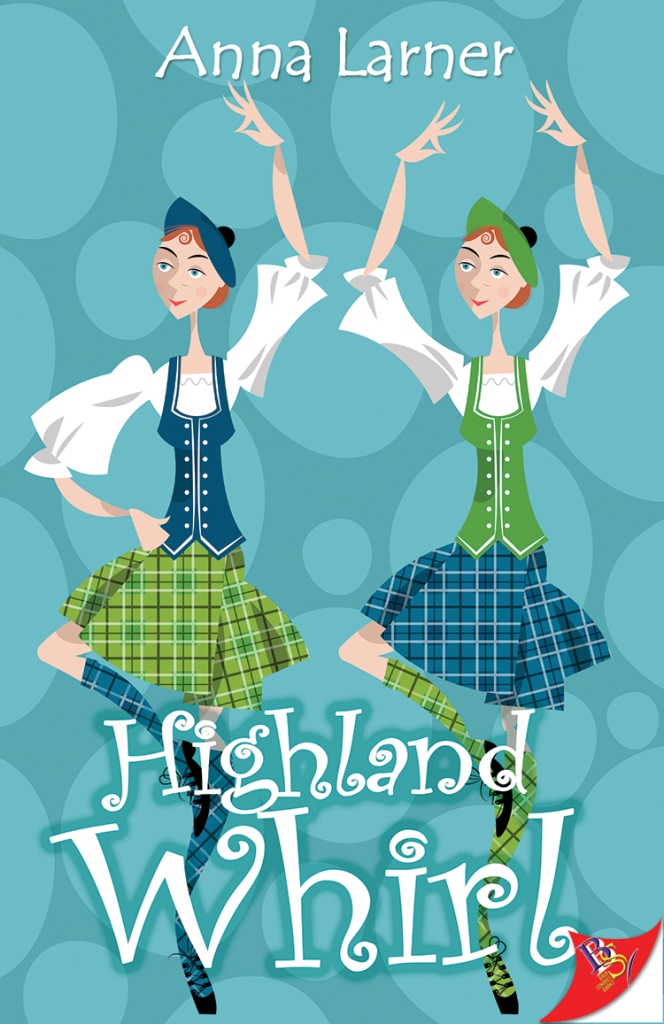
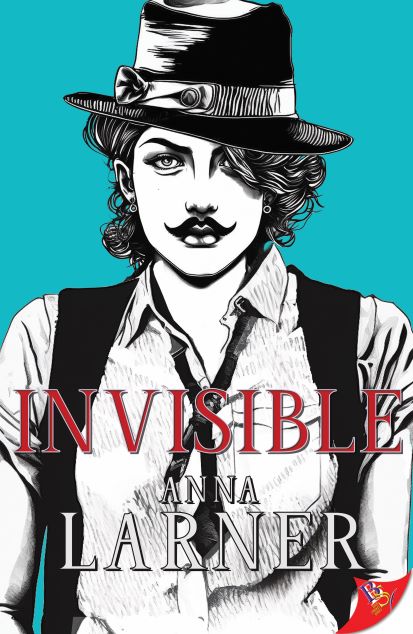
Anna Larner is a Bold Strokes Books author and has written more advice for authors of sapphic fiction. I hope you find some of the information useful and a helpful step on your own author journey!

